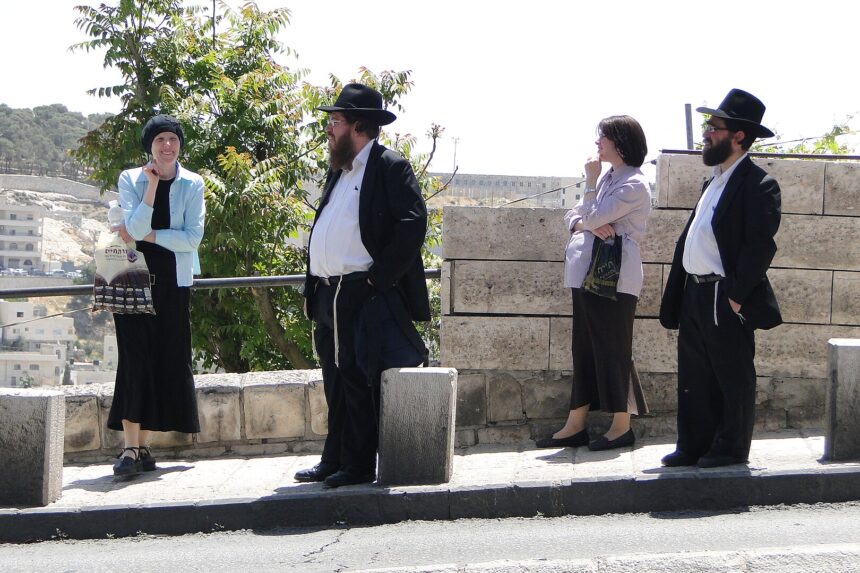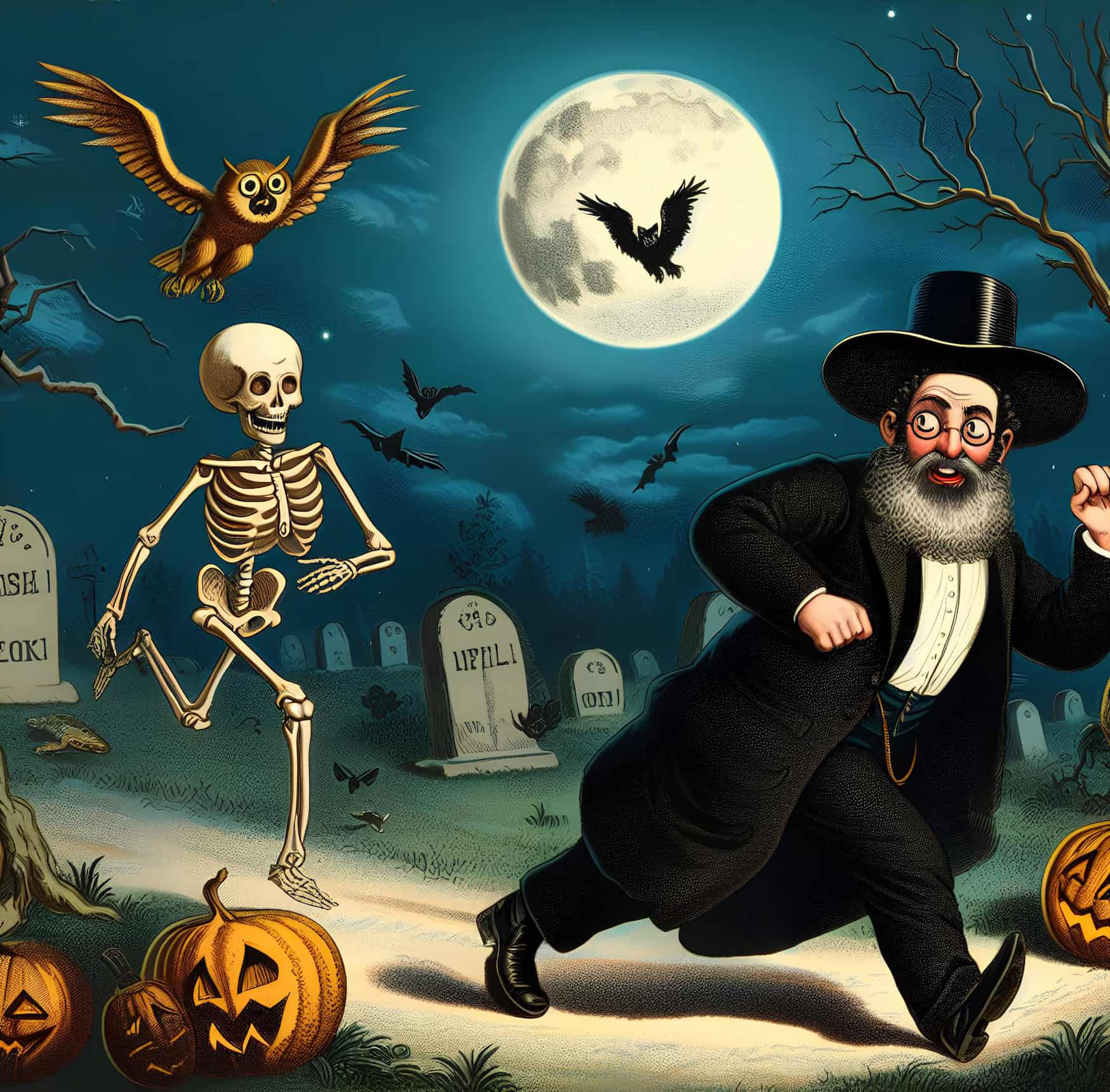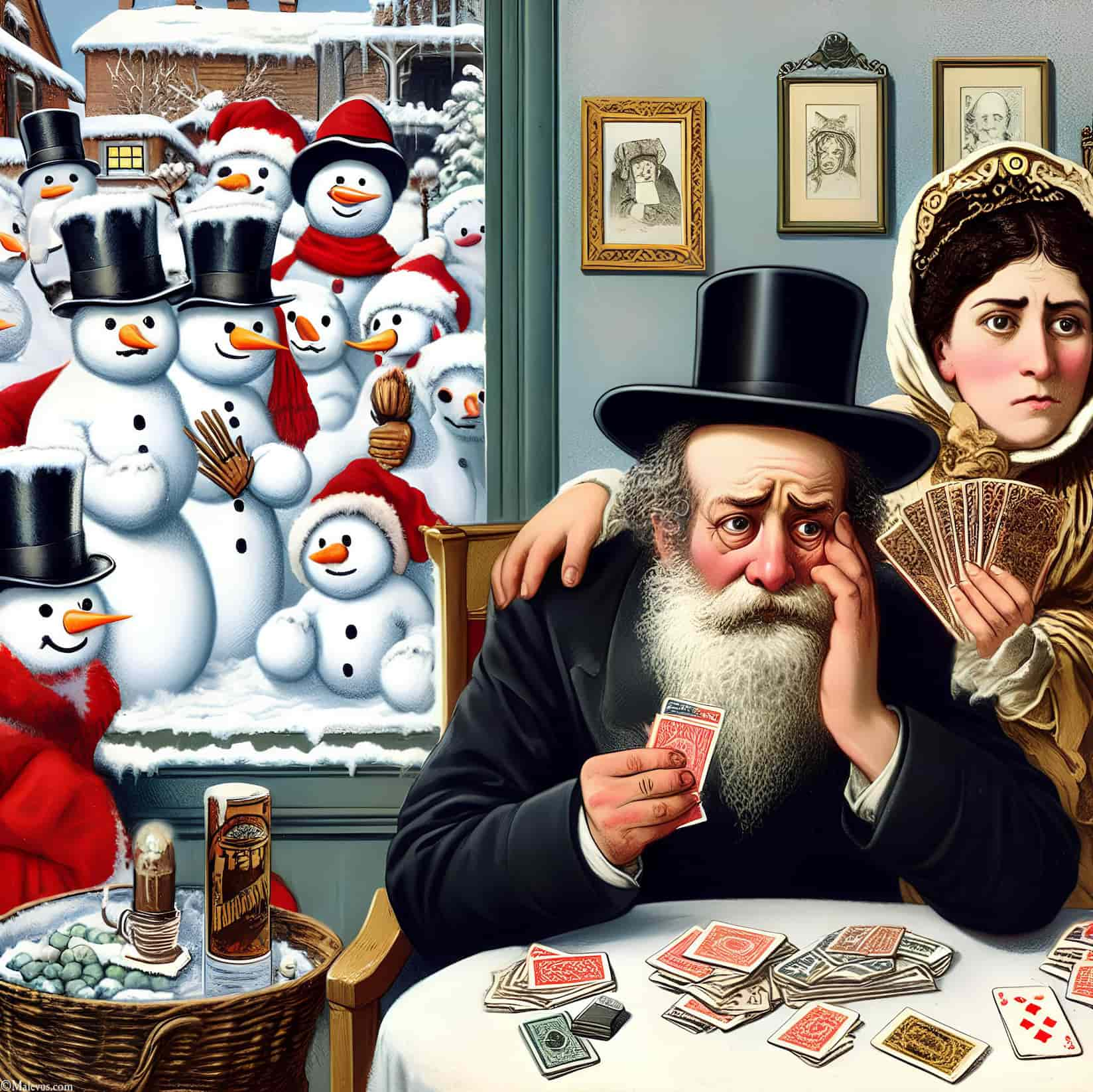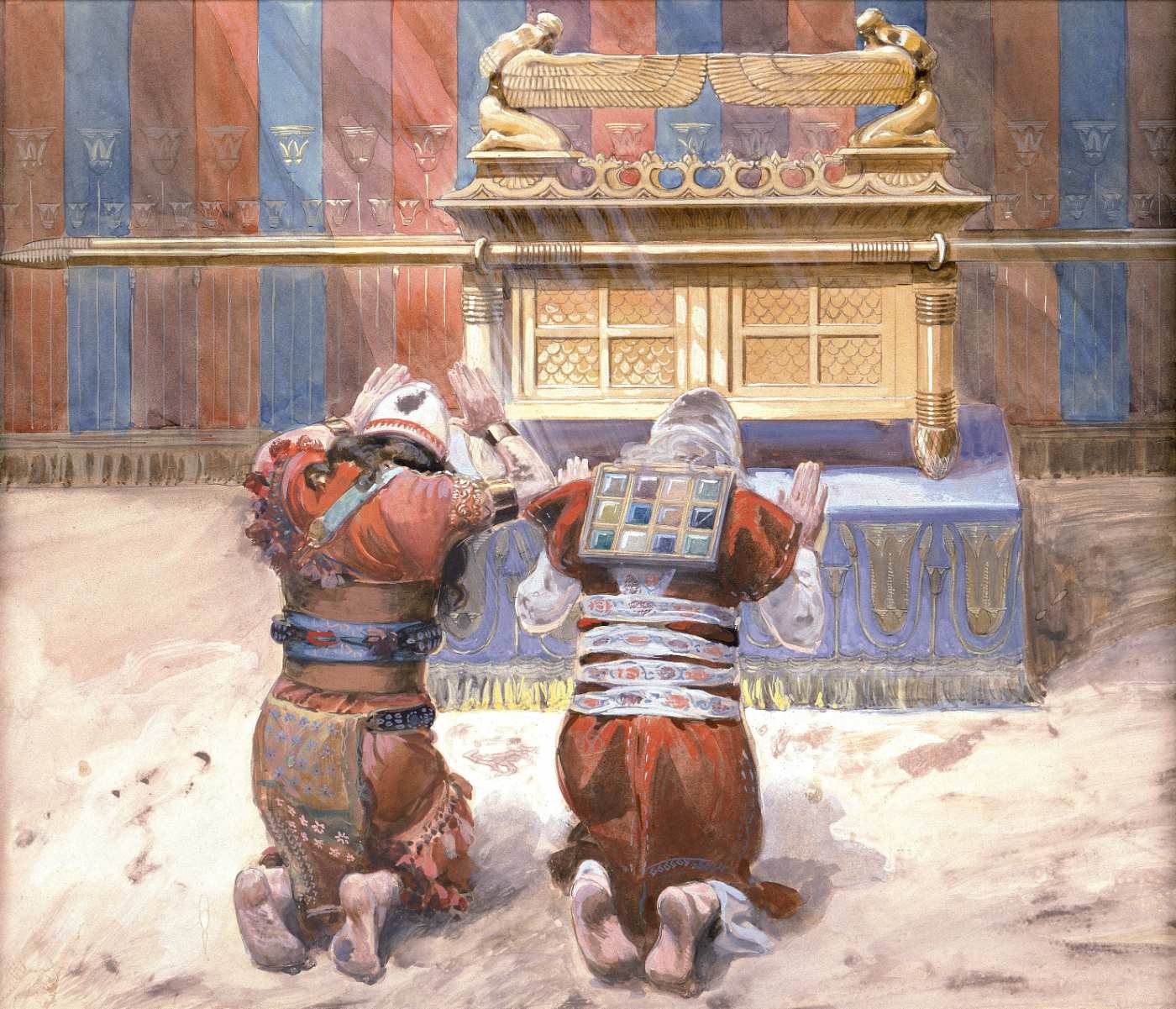11 Questions About Judaism
Everyone knows that Judaism is the religion of the Jewish people, but not everyone knows how it differs from other national religions, why a religious Jew cannot walk under an umbrella on a rainy Saturday, what a synagogue is, and when the Messiah will finally come.





